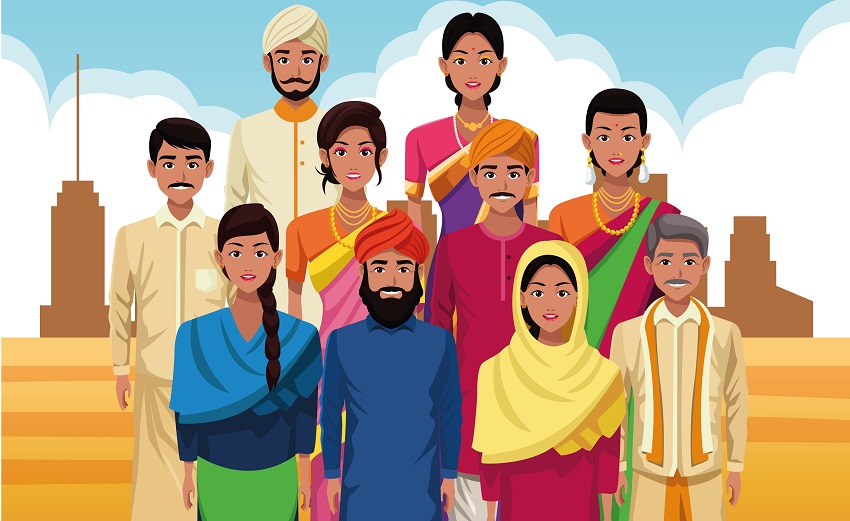
A recent report of Goldman Sachs projected India to be the second-largest economy in the world by the year 2075, largely on account of its favorable demographics. India has a low dependency ratio, the ratio of the non-working age population that is dependent on the working-age population. India’s young population has a median age of just 28, compared with 49 years for Japan and 39 years for the United States. According to the Economist, India is expected to account for more than 16 percent of the increase in the global working-age population by 2050. As the working-age population increases, per capita income and savings also rise, leading to general prosperity for a country. Economists have long talked about the ‘demographic dividend’ enjoyed by India.
However, widespread unemployment among the youth is resulting in a waste of this demographic dividend. Realizing that job creation on a massive scale is possible by boosting the manufacturing sector, the government is trying to entice large foreign and domestic companies to set up manufacturing bases in India through its Production-Linked Incentive (PLI) schemes. But the lack of an adequately educated and skilled workforce remains a strong impediment to the development of our manufacturing sector. According to 2019 data from Our World in Data, average labour productivity per working hour was just $8.68 for India, as against an average of $65 for the developed world. Development of human capital has lagged the substantial progress in infrastructure and digitalization over the past decade. To my mind, improving the quality of primary education should be the first step towards harnessing India’s demographic dividend.
Data from the World Bank show that, prior to 2019, around half of ten-year old Indian children could not read and understand a simple story, as compared to just around 20 percent of Chinese and Vietnamese children. School closures during Covid-19 have led to further deterioration in the academic skills and discipline among the young. The situation is especially grim in rural areas which rely solely on government schools for pre-primary and primary education. Despite improvements in school infrastructure in terms of availability of toilets, running water and mid-day meal schemes, real learning continues to languish in rural India because of lack of properly trained and motivated teachers in government schools. The government needs to spend more on training and supervision of teachers, reduce their unrelated workload, such as administering elections, and make teachers accountable for the academic progress of their students. While the government’s achievements of setting up higher education institutions like IIMs and IITs in economically backward areas are laudable, greater outlay on primary education is a more pressing need. If India has any hope of catching up with China, it needs to substantially improve the quality of its universal education. Otherwise, a burgeoning young population with low education and skill levels will prove to be a demographic curse and spark social and political unrest.

Author:
Prof Aparna Bhat,
Associate Professor, K J Somaiya Institute of Management






Leave a Reply